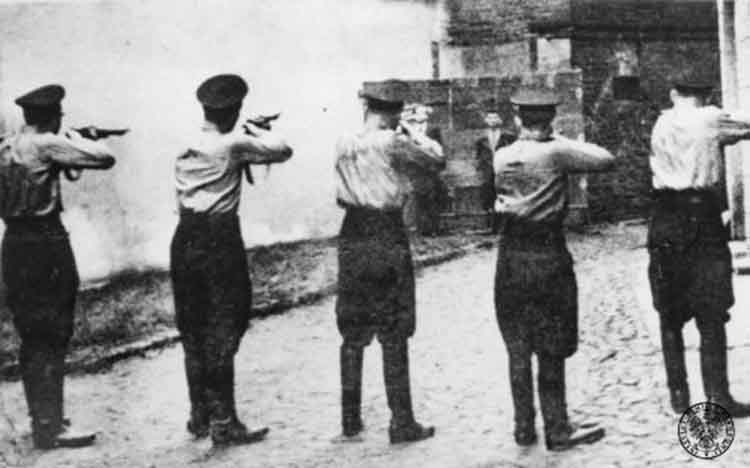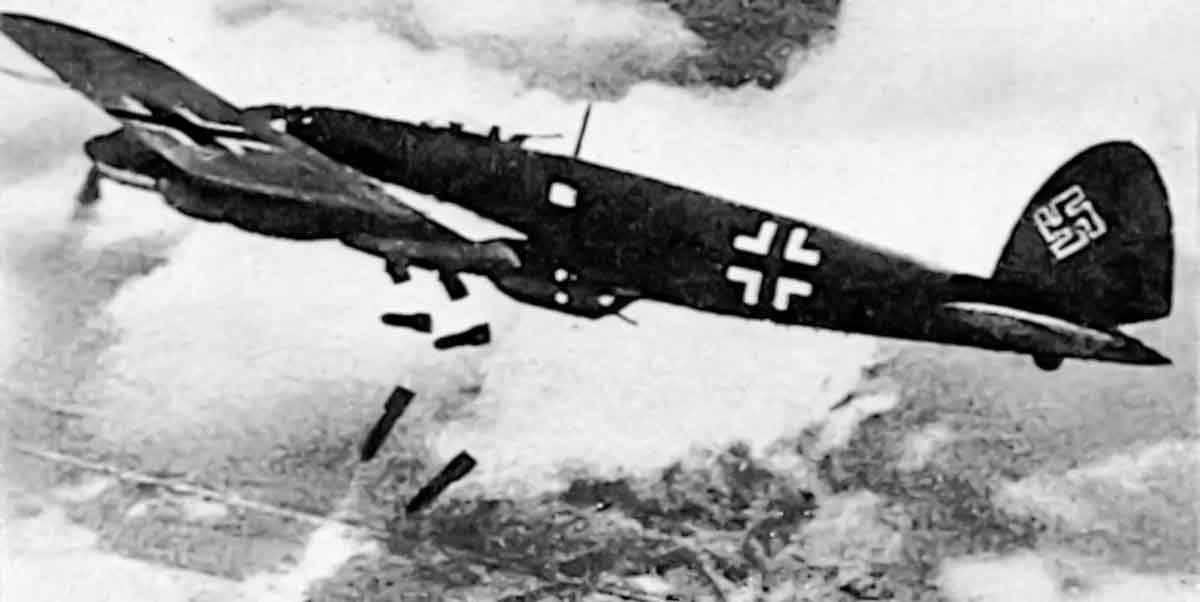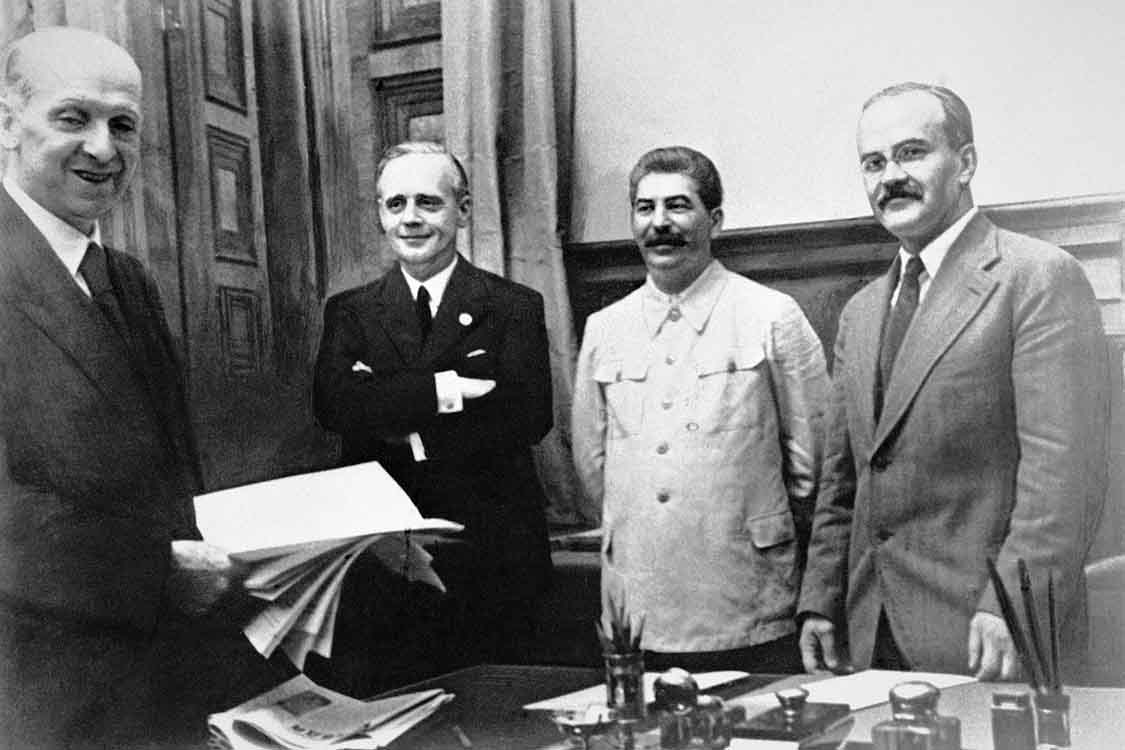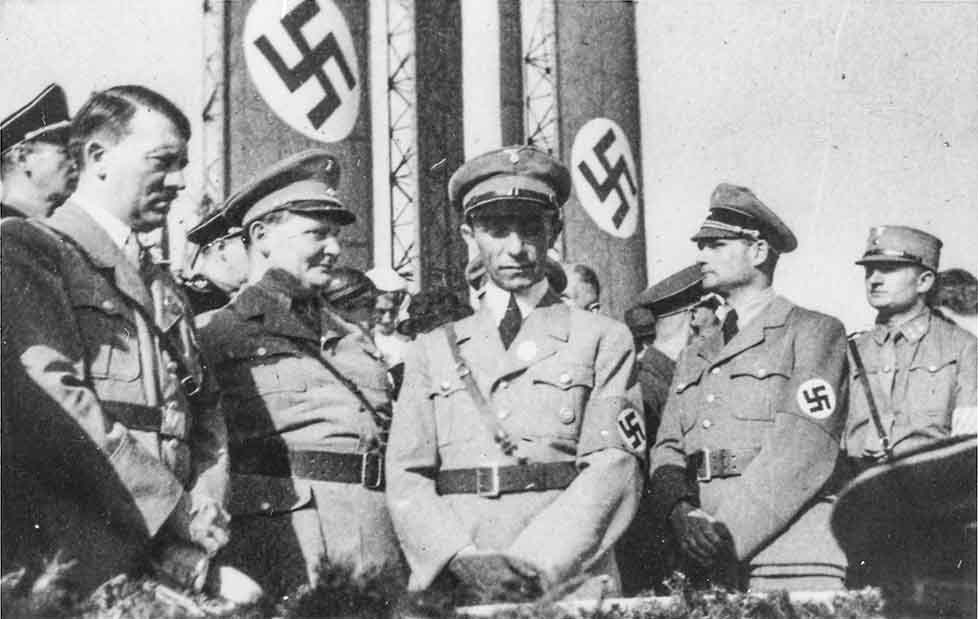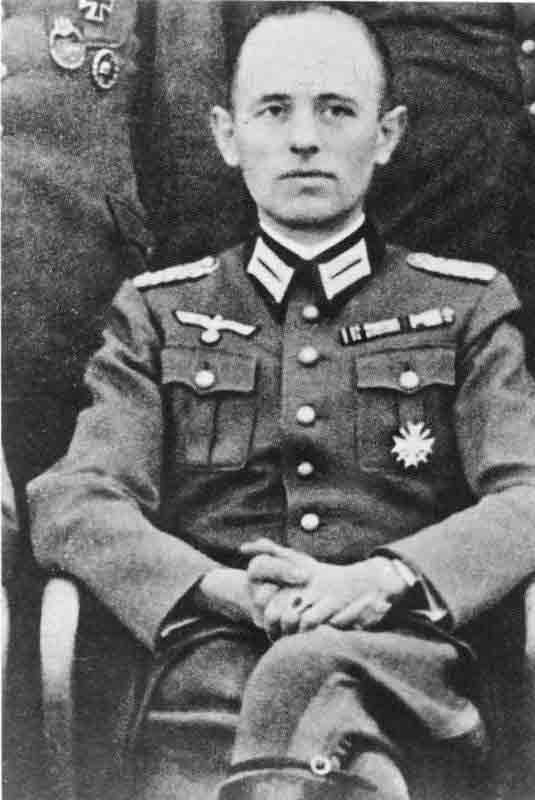The end of World War I meant difficult times for Poles living in Wrocław. Scholars estimate their number at several thousand, though this number continued to decline. A factor forcing Poles to leave the city was persecution by the Germans, which intensified when Poland regained independence. "Signs of hostility towards Poles in Wrocław were particularly pronounced after the signing of the Treaty of Versailles on June 8, 1919, when it was already known that Germany would cede Greater Poland and Pomerania to a free Poland, and that a plebiscite would be held in Upper Silesia," writes Professor Teresa Kulak in her 1977 publication "Wrocław." Repression intensified especially during the uprisings in Upper Silesia and the plebiscite subsequently ordered there.
On August 26, 1920, an angry crowd of Germans stormed the Polish consulate on Nowa Street. Furniture and 6,000 books from the library were vandalized and thrown onto the pavement. In 1938, the Polish House on what is now Henryka Brodatego Street was seized from its rightful owners. All this prompted some Poles to emigrate to their homeland during the interwar period.
Lower Silesia was the region of Germany where, in the 1932 elections, almost half (44%) of the electorate voted for Adolf Hitler's NSDAP. Therefore, it was no secret to anyone what the attitude of the local Reich citizens towards Poland was. When Hitler came to power on March 12, 1933, 5,000 demonstrators from the SS, SA, and Stahlhelm units marched through the city. The infantry were "armed" with long spades, which they carried on their shoulders like rifles, other units replaced their machine guns with wooden imitations, and even wooden imitations of the ammunition belts slung over their backs. To the Poles observing these grotesque marches, they must have looked terrifying.
In April 1933, three Polish students were arrested for speaking their native language and taken to the Nazi headquarters known as the "Brown House," where they were severely beaten.
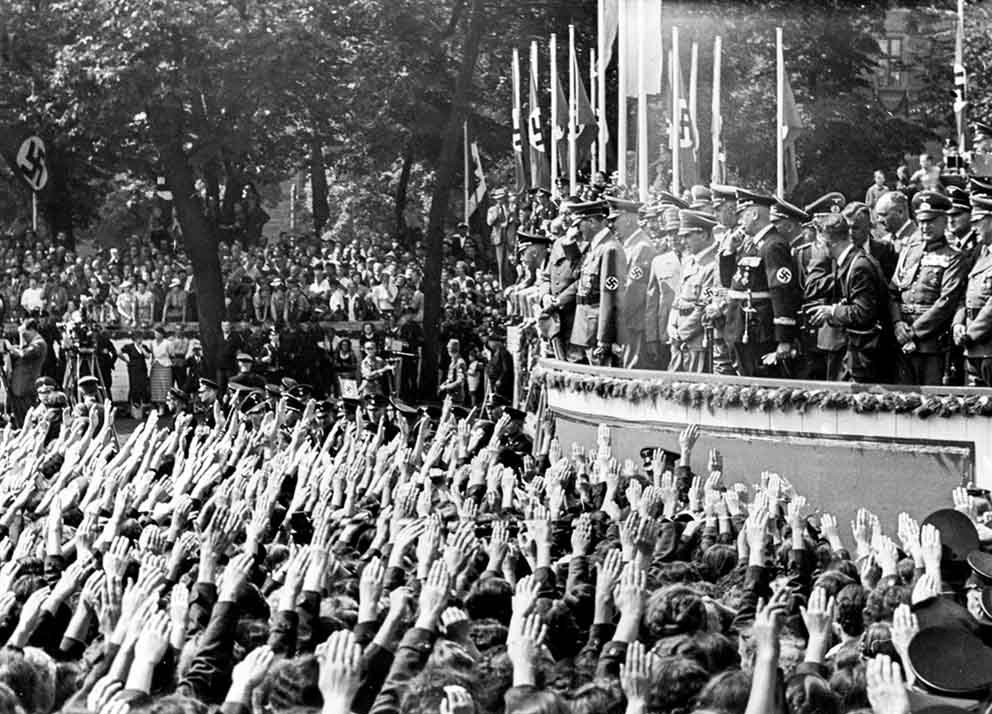
Sports competition in Wrocław in 1938, Adolf Hitler on the stand. PHOTO SZ Photo-Forum-0421163231 (Source: DlaPolonii.pl)
That same year, alarming news spread through the city that a Polish attack was imminent. The false information was cleverly crafted: Breslau was to be attacked by "red enemy planes." The red color of the Polish planes, wreaking havoc, undoubtedly captured the German imagination.
Anti-Polish sentiment was skillfully stoked by propaganda over the years. In 1937, signposts appeared at the ends of suburban streets, giving the exact distance to Bydgoszcz, Łódź, and Toruń. It was no secret to whom this information was addressed.
Harassment began to become more frequent among Polish students, who in 1938 were issued yellow student books, the same color as those issued to persecuted Jewish students. In 1939, the persecution intensified. On June 20, signs appeared on the doors of Wrocław universities: "Members of the Polish minority are forbidden entry to the University."
This was accompanied by repression by the Gestapo. Searches of the dormitory for Poles and the Polish House yielded tragic results. Based on the information gathered, arrests were made after the outbreak of the war, some Polish activists were sent to prisons and concentration camps, while others, mainly students, were forcibly conscripted into the Wehrmacht.
Under these circumstances, acknowledging one's Polishness, organizing Polish diaspora structures, and cultivating a connection with the reborn homeland required enormous strength of character. The fact that Poles organized the Polish Diaspora Congress in Berlin in 1938 must inspire respect for the immense courage of its organizers and participants. Władysław Zarembowicz, an activist of the Wrocław Polish diaspora, attended the congress. Later, during the war, he engaged in clandestine activities, for which he faced terrible retribution – he was burned alive in the Mauthausen concentration camp.
Polish scouts going to meetings also hid their uniforms under their coats, because those who dared to walk through the city in uniform were brutally beaten.
Rudolf Tauer, the son of a German father and a Polish mother who had moved to Wrocław from the Poznań area, displayed such courage. He attended gatherings in his Polish Scout uniform. He attended the last Polish mass at St. Martin's Church on September 17, 1939. He witnessed the euphoria that followed the capitulation of Warsaw on September 28, when a three-day holiday was declared in Wrocław to mark the occasion. Drafted into the Volkssturm at sixteen, he participated in the defense of Festung Breslau. He saw his friends die from the bullets of Red Army soldiers attacking Festung Breslau. He greeted the announcement of the surrender with immense relief. Unfortunately, the joy was short-lived, and his hope for a peaceful life in his longed-for homeland was not fulfilled. Like many Poles born in pre-war Wrocław, he endured years of harassment from the communist authorities and from fellow Poles susceptible to propaganda. He recalled with bitterness that he was labeled a German and denied promotions at work.
Tauer lived in his beloved Wrocław for the rest of his life, but many of his Polish colleagues, undaunted by German persecution but devastated by what they experienced in communist Poland, decided to emigrate after the war. To Germany.
Translation from Polish by Andrew Wozniewicz.







